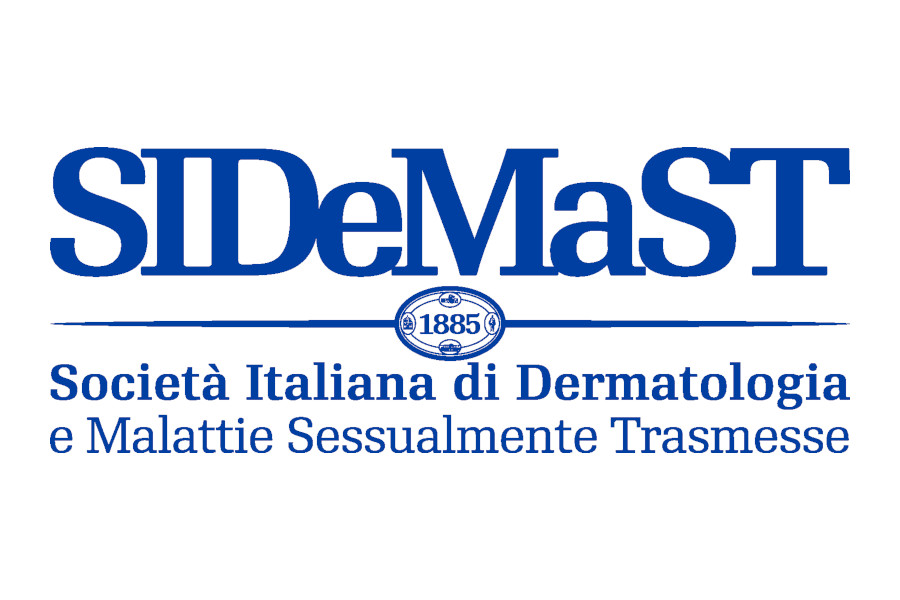Background
Nickel is a common allergen.
Objective
To examine the epidemiology of nickel sensitivity in North America.
Methods
Retrospective, cross-sectional analysis of 44,097 patients patch tested by the North American Contact Dermatitis Group from 1994 to 2014. Nickel sensitivity was defined as a positive patch test for nickel. We evaluated the frequency of nickel sensitivity and patient demographics. For each positive reaction to nickel, we tabulated clinical relevance, occupational relatedness, and exposure sources.
Results
The average frequency of nickel sensitivity was 17.5% (1994-2014). Nickel sensitivity significantly increased over time (from 14.3% in 1994-1996 to 20.1% in 2013-2014 [P < .0001]). Nickel-sensitive patients were significantly more likely to be female, young, nonwhite, and atopic (have eczema and asthma) and/or have dermatitis affecting the face, scalp, ears, neck, arm, or trunk (P values ≤ .0474). Overall, 55.5% of reactions were currently clinically relevant; this percentage significantly increased over time (from 44.1% in 1994-1996 to 51.6% in 2013-2014 [P < .0001]). The rate of occupational relatedness was 3.7% overall, with a significant decrease over time (from 7.9% in 1994-1996 to 1.9% in 2013-2014 [P < .0001]). Jewelry was the most common source of nickel contact.
Limitations
Tertiary referral population.
Conclusions
Nickel allergy is of substantial public health importance in North America. The frequency of nickel sensitivity in patients referred for patch testing has significantly increased over a 20-year period.









